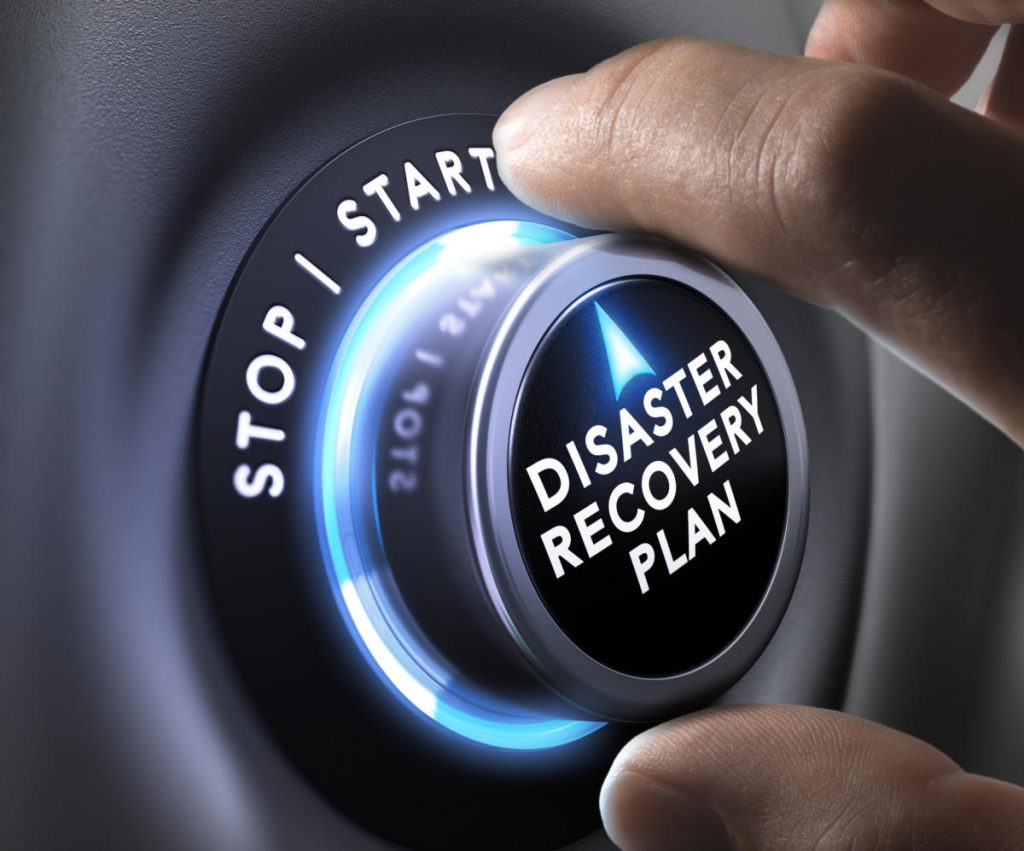It is a well-established fact that disaster recovery is a crucial part of any organization. In a study conducted by Spiceworks, 95% of the 700 respondents indicated that they do have a disaster recovery plan, but 23% of the respondents admitted to not testing their disaster recovery plan. When presented with the question why these companies do not test their disaster recovery plans “61% cited insufficient time, inadequate resources were cited by 53%, 34% said that [disaster recovery] just wasn’t a priority; 11% found the [disaster recovery] process too complex and 8% said it was too expensive”
This post delves deeper into the five reasons cited by the respondents for not testing their disaster recovery plan and the inevitable consequences thereof and offers possible solutions to these perceived challenges.
A disaster recovery plan is only useful if it works and, to this end, it is crucial to regularly test your plan under replicated disaster conditions. Regular testing will mean you have considered all contingencies to ensure business continuity. As mentioned above, testing takes time away from daily operations, which can be a challenge. However, this can be countered by testing over weekends or at night.
Especially in the case of small and medium enterprises (SMEs), resources may be scarce and there might not be a dedicated team assigned to test and regularly update the disaster recovery plan. Although these are valid challenges that many businesses face daily, it can also be argued that each member of staff can take responsibility for one component of the disaster recovery plan. This will obviate the need to employ or assign a dedicated disaster recovery team.
Unfortunately, many organizations (and their employees) do not prioritize disaster recovery and only seriously consider it after disaster struck; of course, at this point it’s too late to make any difference. A further reason may be that organizations often mistake their current backup for disaster recovery. It is therefore of utmost importance for organizations to empower themselves and their employees to at least be aware of the disaster recovery plan and have dedicated people in place to action it when disaster strikes. As mentioned above, having all members of staff involved in the case of SMEs can accomplish this particular goal.
Arguably, no organization chooses to fall victim to disaster, yet many organizations feel that disaster recovery planning is too complex and too expensive. It is true that enterprise disaster recovery planning can be a complicated and time-consuming, but this can be addressed by doing a little homework and making judicious purchases. With these two relatively simple steps you can still protect your core business assets.
Downtime can be costly to your business and you stand to lose customer good will and sales if you’re not operating. Can you really not afford to test your disaster recovery plan, especially after the effort that goes into developing one?
To learn more about Stage2Data’s Cloud Disaster Recovery, and to find out what we can do for you, contact us today!


